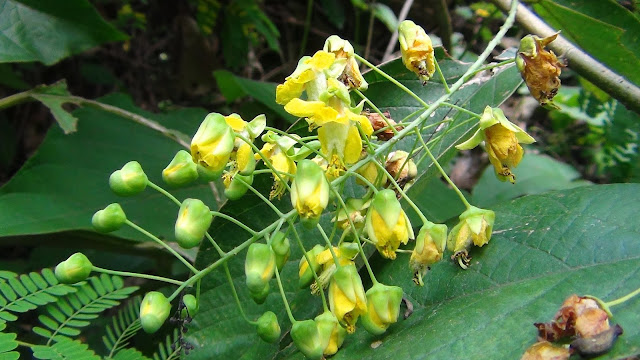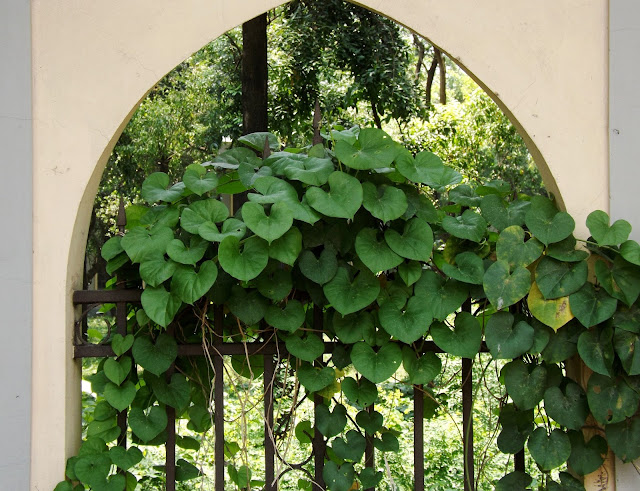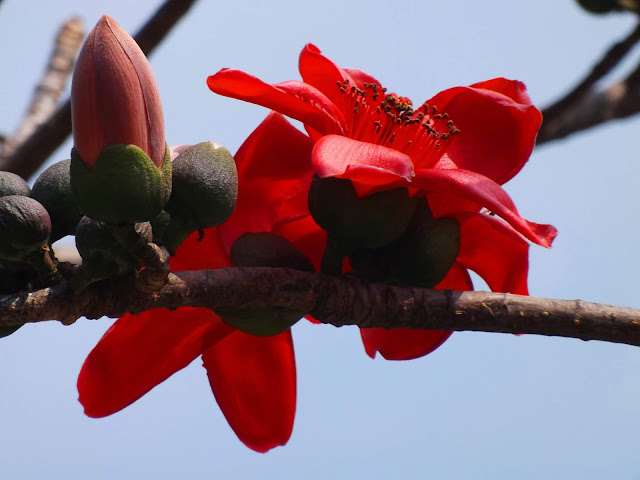Kuchai or Konoklota, Caesalpinia enneaphylla
Kuchai or Konoklota (Caesalpinia enneaphylla, family: Caesalpiniaceae) is a woody scandent shrub or bushy climber with profuse branches bipinnate leaves. Branches are scattered, dark browish and filled with neumerous dots and stout and hook-like spines. In Bangladesh it is found beside the streams and on hill slopes in Sylhet, Chattogram and Chattogram Hill Tracts. It is also found in Indian subcontinent and China as well as South and Southeast Asia.
Leaves are beautiful to look at; compound, bipinnate, rachis 20-30 cm long, pinnae 8-12 pairs, opposite; leaflets are tiny, elliptic-oblong, 8-10 pairs, opposite, 1.5-2.5 cm long.
The fragrant flowers are bright yellow, in terminal or auxillary panicles, bloom periodically from bottom to top, up to 30 cm long. Flowers 1.5-3 cm long; petals 2-lobed, sepals 5, stamens 10. Flowering occurs from August to October.
Fruit is a legume, elliptic-oblong, 7-11 cm long and 2-4 cm wide. Seeds 4-6. Young pods are red-colored. The plant is propagated by seeds.
The abundance of fragrant and bright yellow colored flowers, the beauty of the leaves--all in all a great ornamental bushy climber can be adorned in the parks and amateur gardens inn Bangladesh.
Synonyms: Caesalpinia sepiaria, Mezoneuron enneaphyllum, Mezoneuron glabrum var. enneaphyllum, Mezoneurum enneaphyllum, Mezonevron enneaphyllum.








Comments
Post a Comment